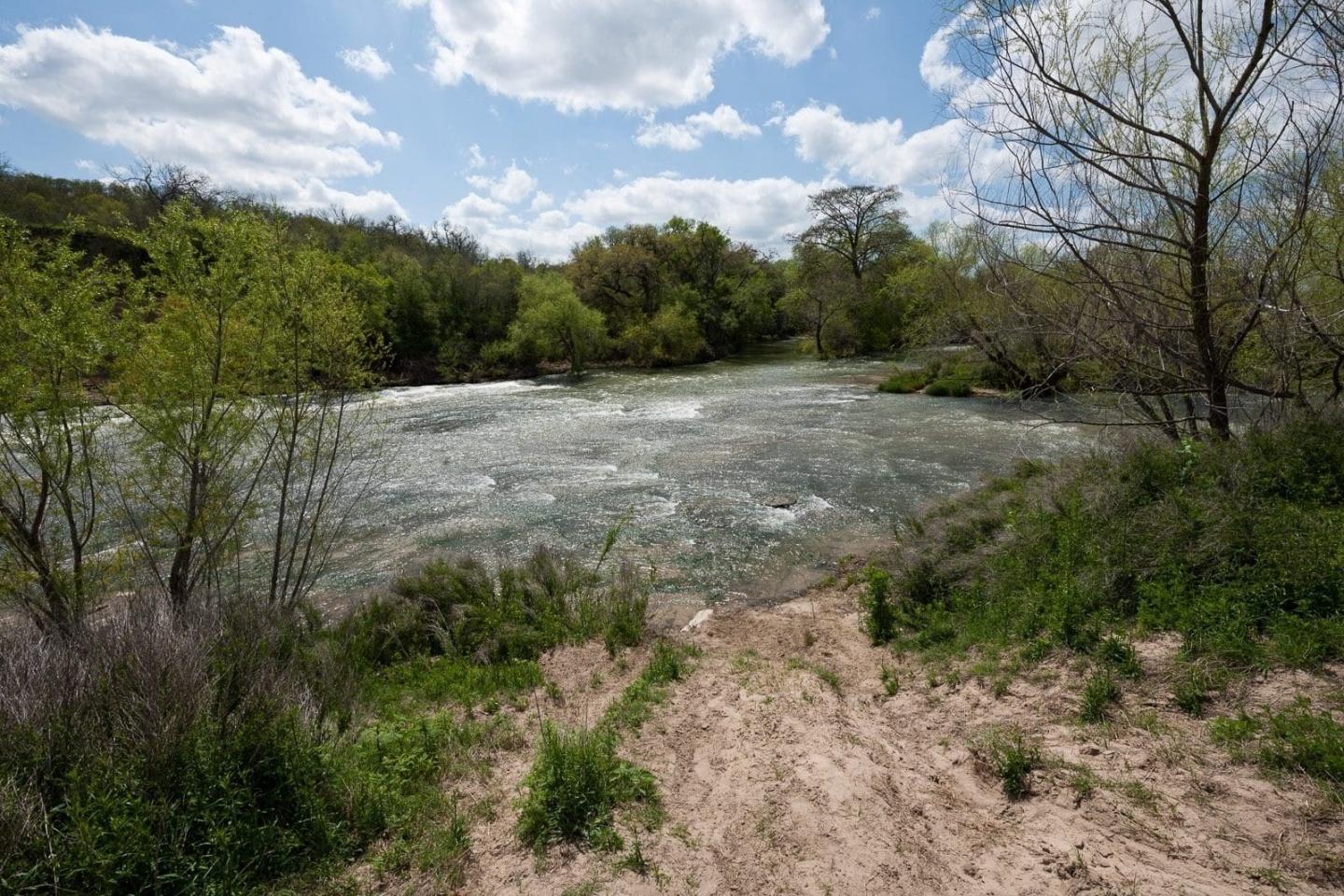
Value Indigenous Voices: The Journey Toward a Deeper Understanding of the Southwest

In June of 2023, a WNPA-funded team of researches led by Deni Seymour, PhD, interviewed tribal and local community members to better understand the effects of the cultural collisions experienced in this diverse region of the United States near the US-Mexico border and Chamizal National Memorial. Research like this honors past generations and creates greater understanding of the history and cultures that have been connected to the lands for generations.

WNPA Supports Ethnohistorical Research
In the heart of El Paso, where cultures have converged for centuries, the rich tapestry of nationalities and ethnicities is closely tied to the Camino Real, a historic trade route threading through this region. The Camino Real has shaped the local heritage, influenced by the shifts in population during the 1680 Pueblo Revolt, a successful rebellions against the Spanish that strengthened the influence of Pueblo culture in the present-day Southwest. Amid this rich heritage, a complex relationship unfolds.
Here, Indigenous people grapple with questions of identity and culture, particularly in relation to Native heritage and the pursuit of federal recognition as a tribe. This recognition holds significant weight, a confirmation sought after centuries of struggles. However, opinions differ; some believe that the government isn’t the rightful judge of their ethnicity, posing a dilemma in this tight-knit community.

Seeking to Understand Tension and Complexity
Tensions arise, not only between Native groups and non-Native people, but also within factions claiming the true legacy of a specific ancestry or the right to seek federal recognition. These tensions often hide beneath the surface, occasionally surfacing in hurtful exchanges or lighthearted banter, reflecting the depth of the challenge for local tribal members.
In one recorded conversation, Nancy Lopez conveyed this complex struggle to claim heritage: “After we became band members in 2016, I had a second cousin reach out to me, and I guess the way she worded it, it’s like: ‘So when did I become Apache?,’ and I was just laughing, I’m like, ‘Well, either conception or birth, pick one.’ And she just started laughing and she’s like, ‘I get it. I get it now.’ I said, ‘you’ve always been Apache. Do you mean when we became band members?’ She’s like, ‘Yes. I guess I should have worded it that way.’”
This ongoing journey for recognition is not just about legalities; it’s about reclaiming a sense of self and heritage in a changing world.

Valuing and Learning from Indigenous Voices
This ethnohistorical research seeks to understand the cultures and customs of Indigenous peoples in this community, focusing mostly on the Manso people, a lesser-known culture that researchers came to understand more deeply.
Cruz Camargo is a descendant of the Manso tribe. Spending time with him at his home, culturally significant locations, and during casual conversations over meals, researchers experienced significant learning. The name “Manso” stems from Don Juan de Oñate’s 1598 expedition, during which the Manso people displayed peace and hospitality to the Spanish explorers.
Camargo explained that they were known as “tan pachos” because they skillfully managed the river flow, creating islands and changing its course. They were the blockers of the river, hence the name “tan pachos.” “The blockers. They were the blockers of the river. That’s why they got that name. Tan pachos, Tanpachoas and all that,” said Cruz Camargo.
The name “Tanpachoas,” given by early European explorers, stems from the Manso practice of diverting river water into channels to irrigate their mid-channel fields. This insight aligns with Bandelier’s observations that the Manso tilled the soil to a limited extent, shedding light on their farming practices.
Camargo emphasized the importance of their connection to the land, their farming practices in the valley, and their expertise in managing the river.

Asking the Right Questions and Pausing to Listen
Through conversations, researchers learned about traditional Manso practices, coming to understand that the Manso used the Camino Real, initially animal trails, to locate water and hunt game. These trails facilitated travel between villages and were especially important during social events like coming-of-age ceremonies. The trail eventually became the route for the first Europeans traveling into the present-day United States.
Despite being interviewed multiple times in the past, Camargo shared that people simply did not ask these questions or did not pause long enough to record them. Camargo’s knowledge is a significant contribution to a more complete cultural and historical understanding of this land.

Crucial Conversations Provide a Path Forward for Future Generations
It’s crucial to continue in-depth interviews with people from various tribal backgrounds. Diversifying the interview pool by including different factions within these tribes will yield diverse stories, family histories, and unique perspectives on the historical and political factors that have shaped the region. WNPA will continue to support research that values Indigenous voices for the benefit of the lands, peoples, and communities that connect them.
By Julie Thompson
Your donation to WNPA supports preservation for generations at national parks!
Your generous gift of $75 or more provides you with a tax-deductible opportunity to make a meaningful impact. You can help support scientific research, promote recreational activities, foster community connections, and inspire the next generation of park stewards.
To make your contribution, click below or visit www.wnpa.org/donate.
By supporting WNPA, you are helping to empower parks for all time. Supporters like you help to make this important work possible.



